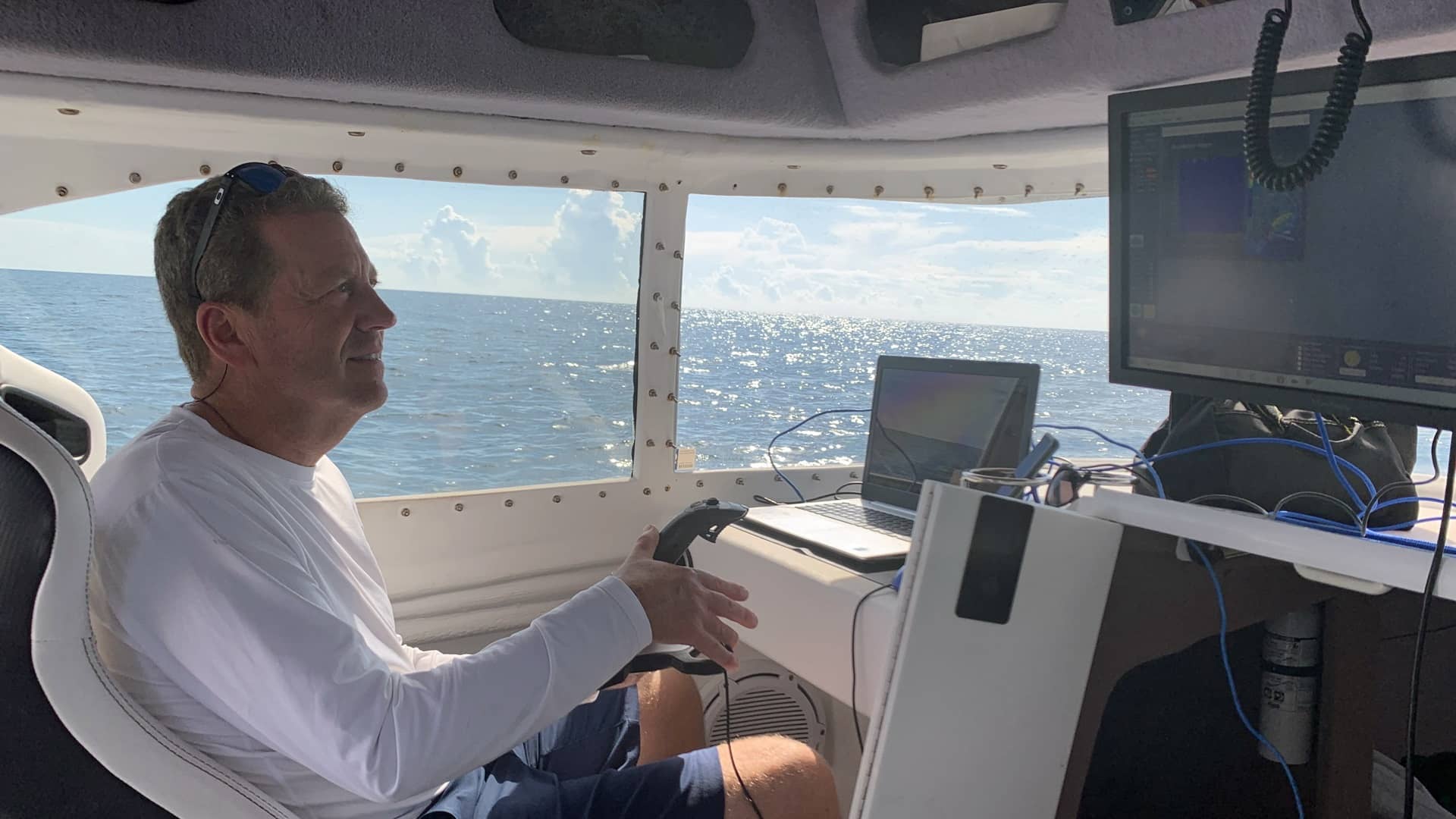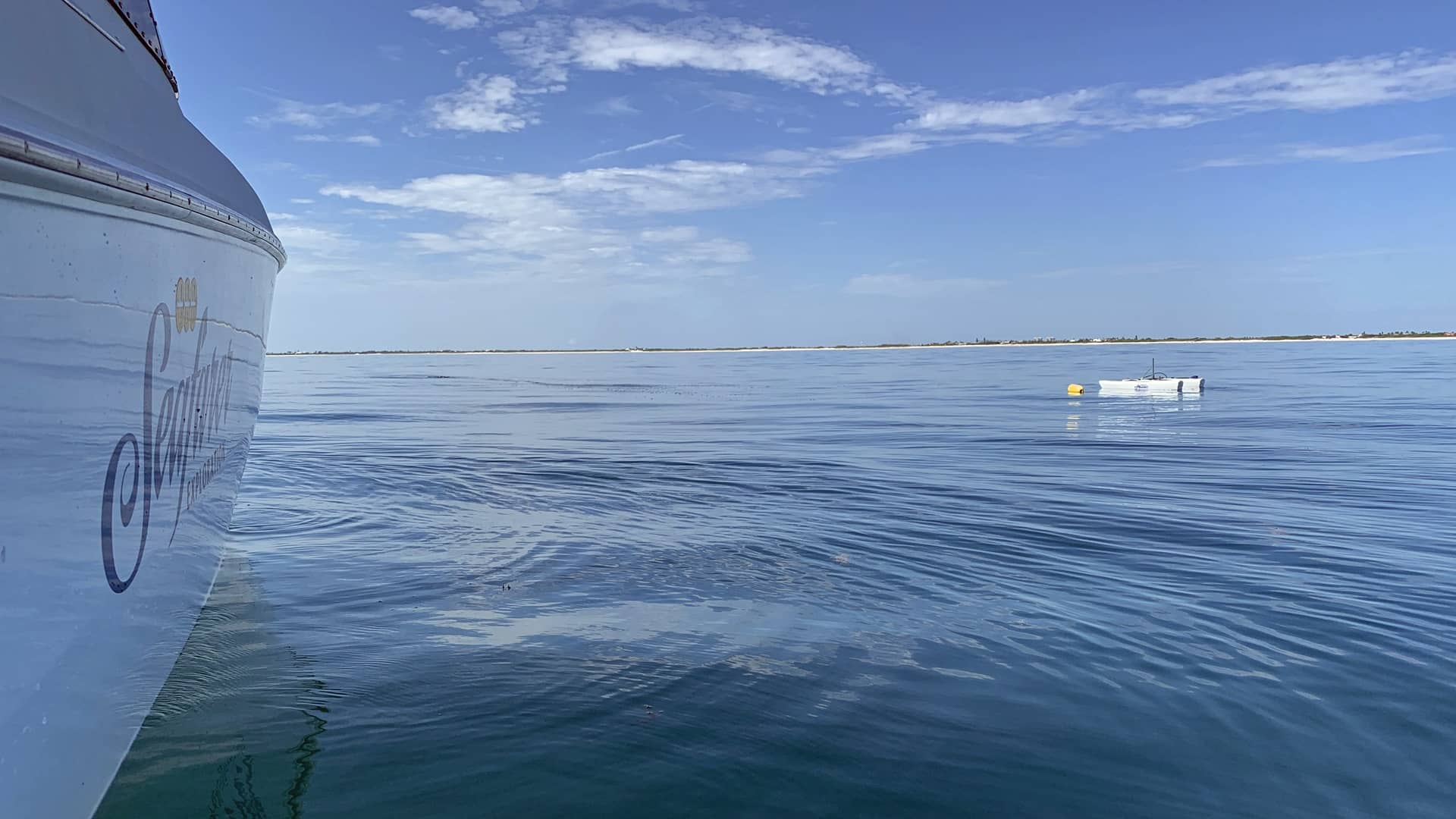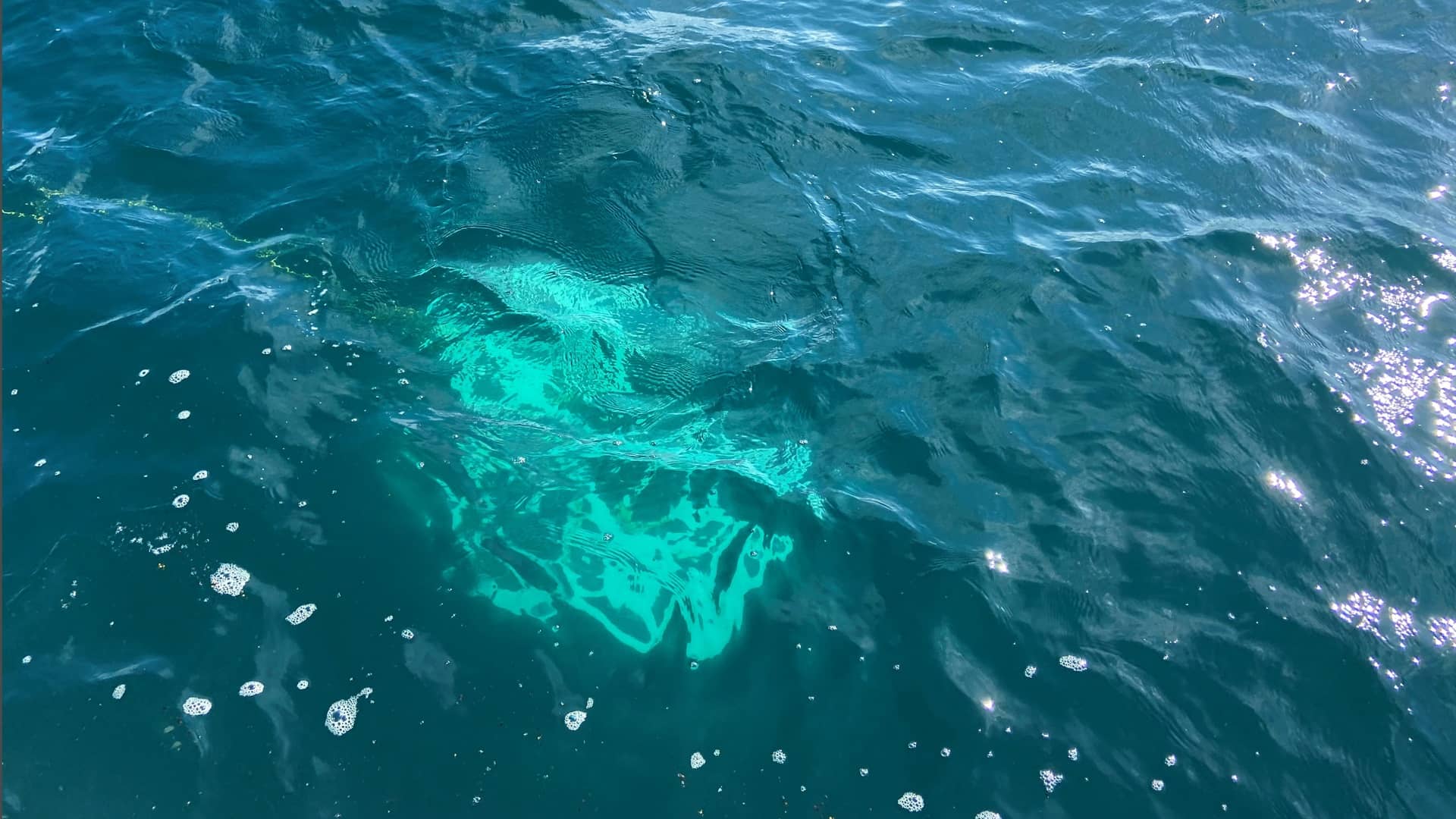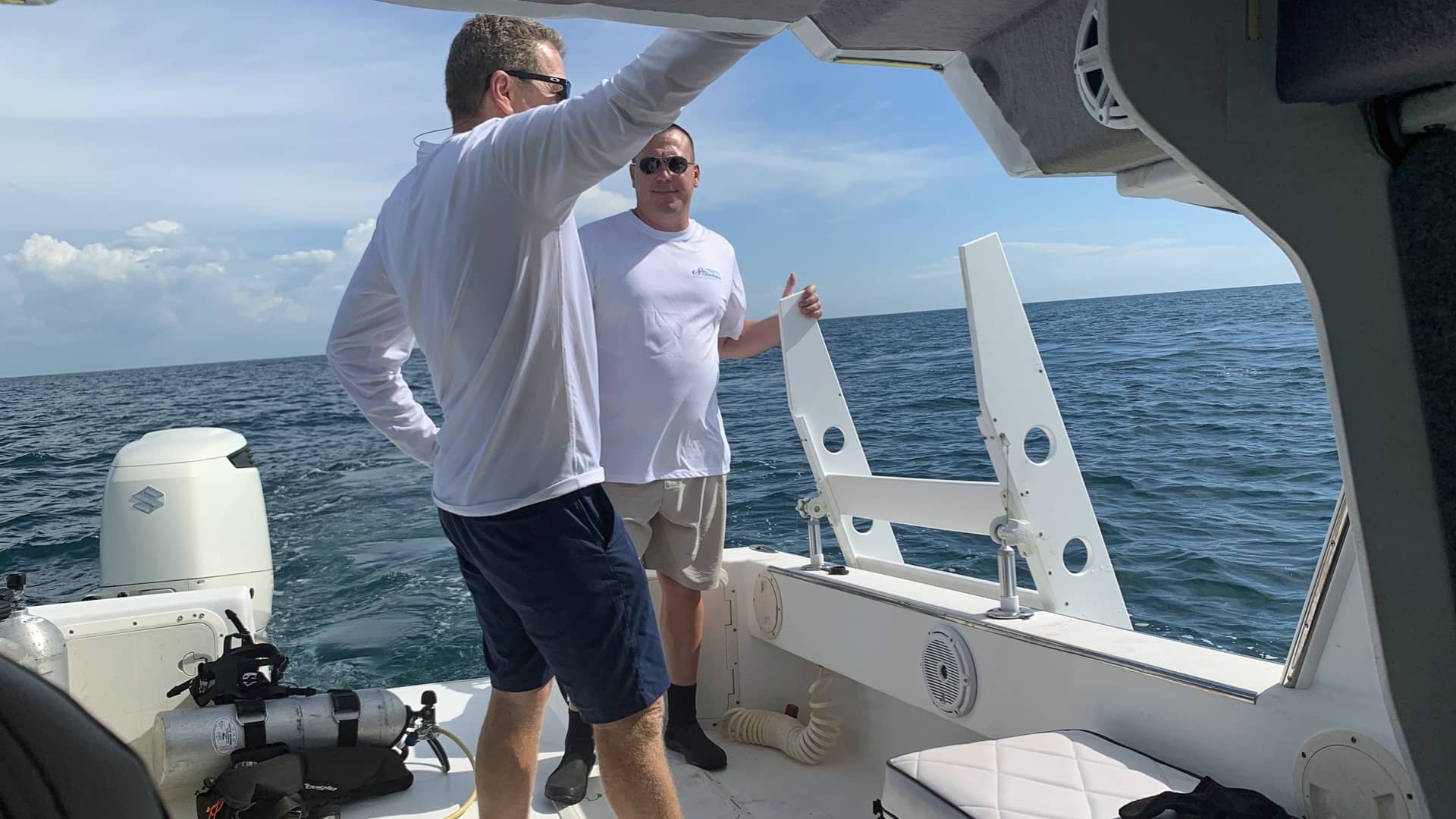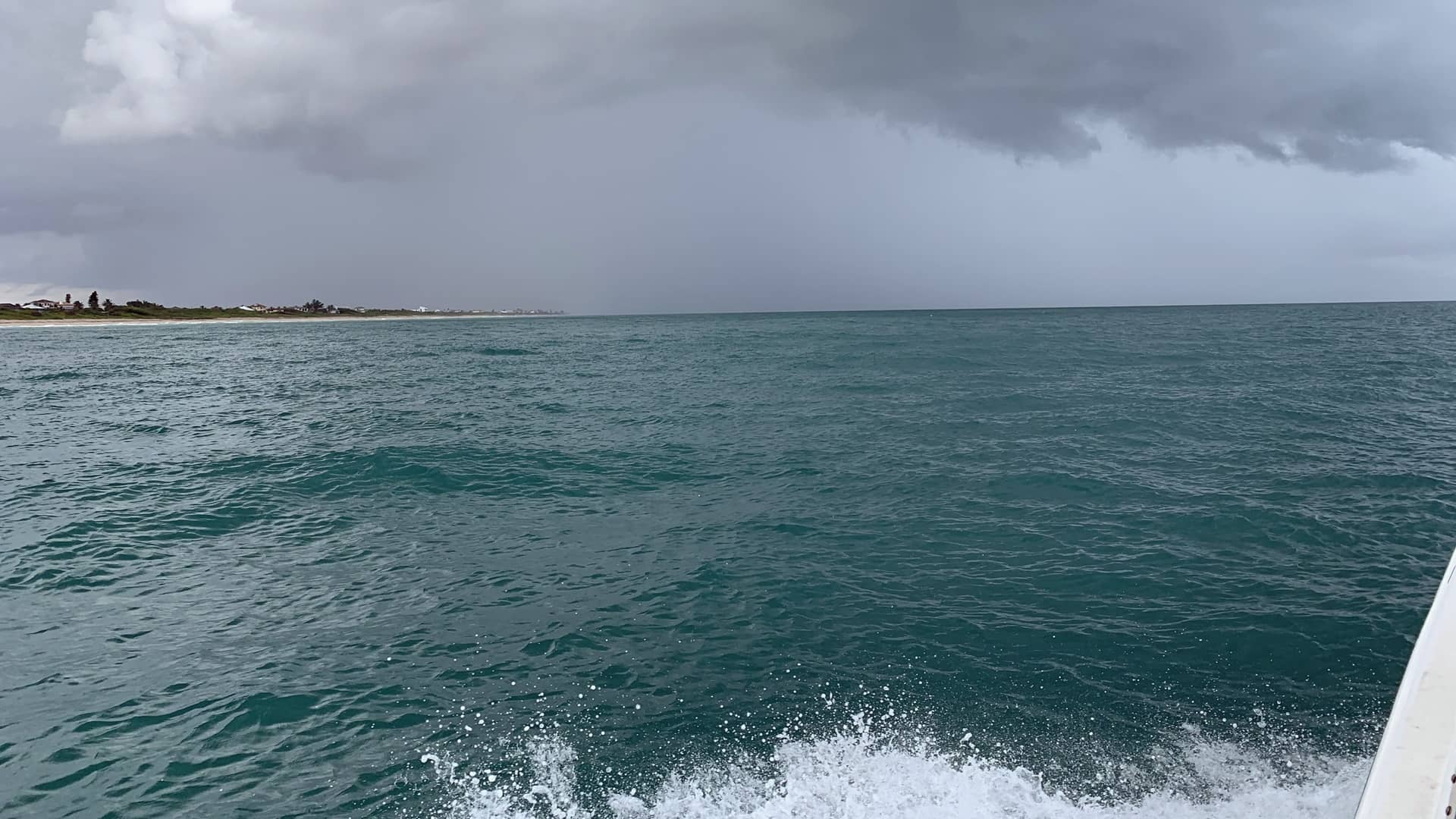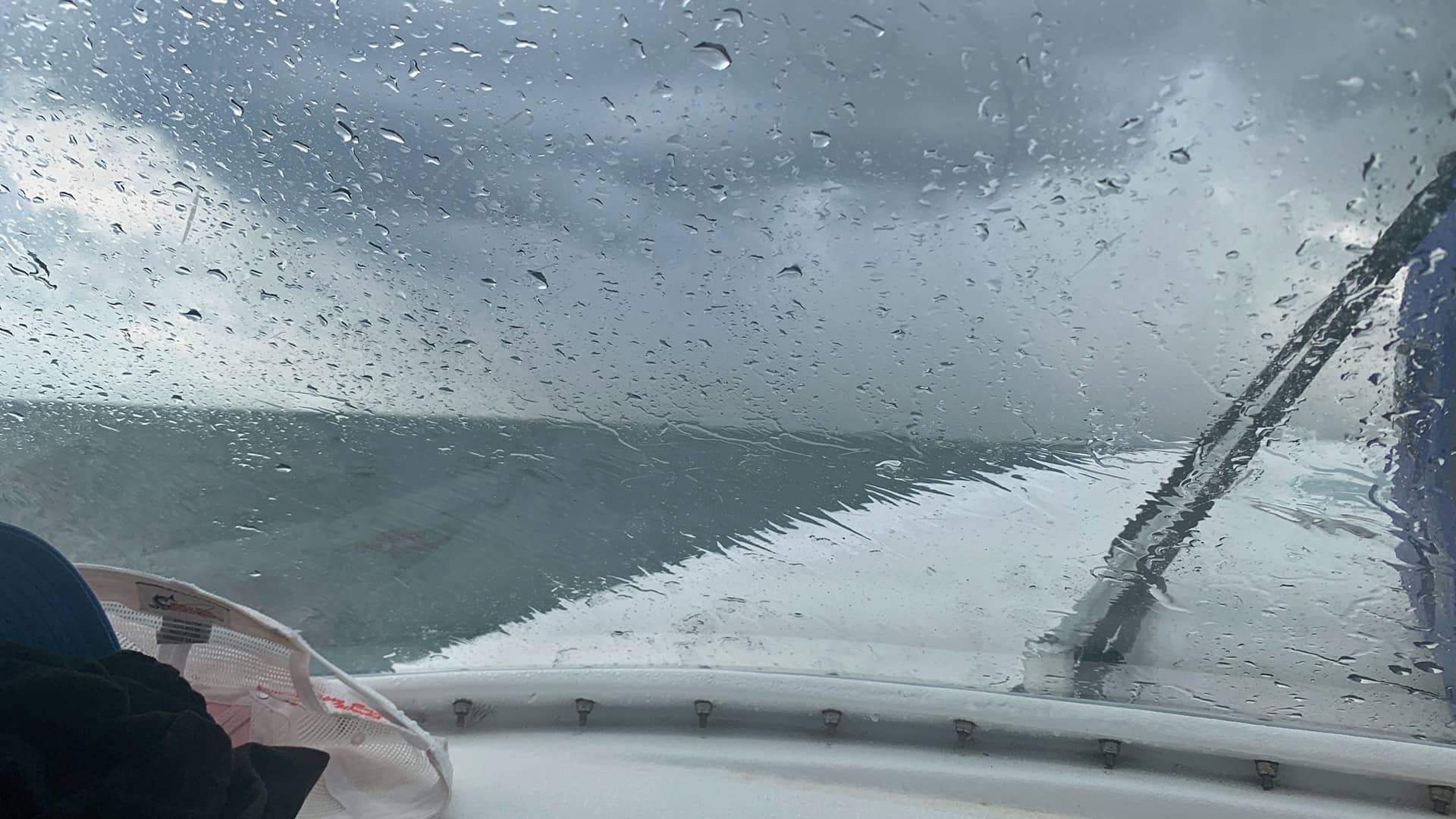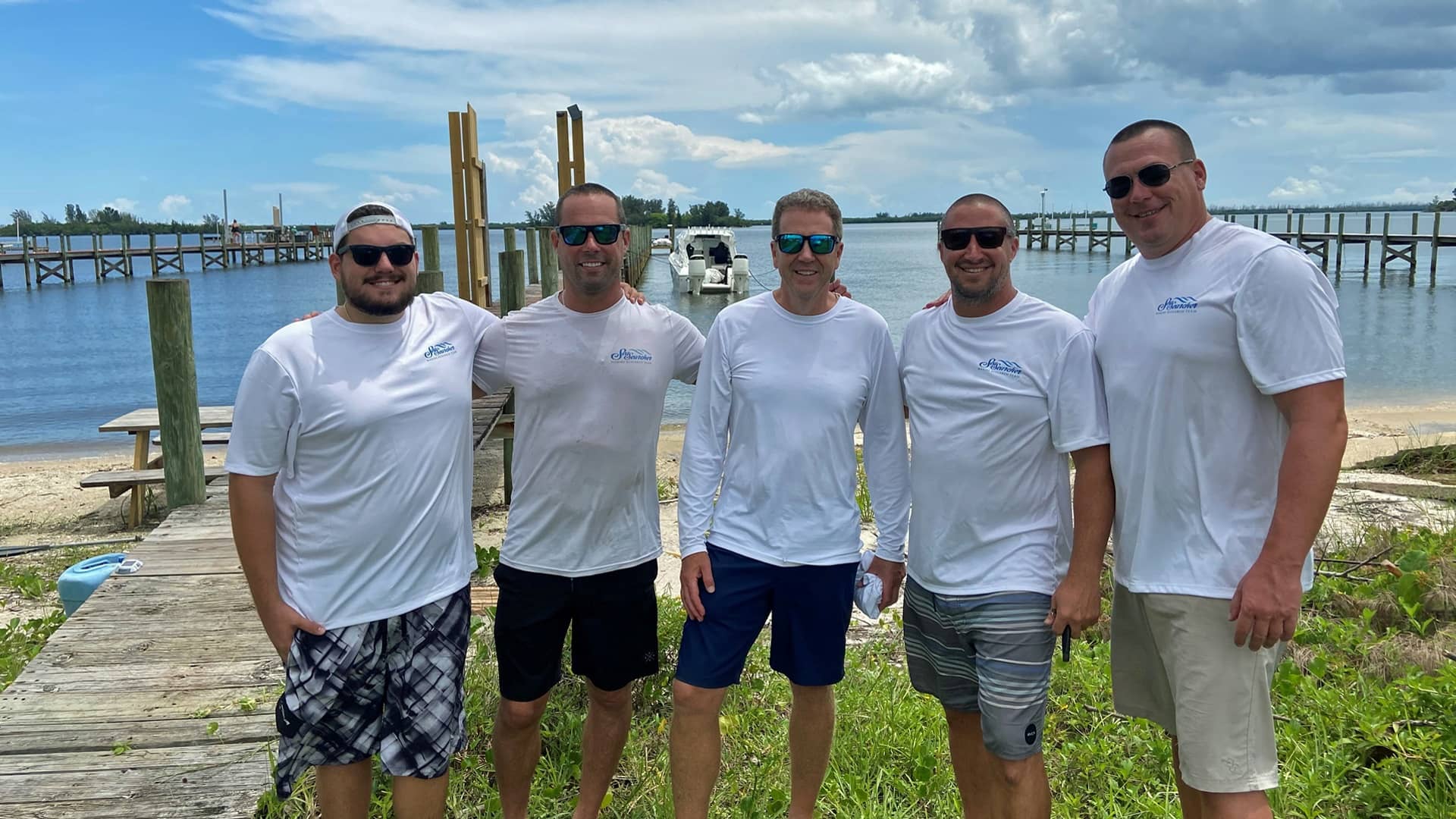It has been a busy summer with the Good Fortune SeaSearcher team going out at every possible opportunity to scan, dive, explore, and mark targets. We are pleased that the metal discriminator on SeaSearcher 2 has completed training and integration testing. We are excited at this milestone and will share our results as we transition to free flight scanning. Last week, the conditions at the surface were nearly perfect for scanning as the Good Fortune took one of the company’s longest and most loyal friends out for the day in the middle of our area.
Anyone who knows Florida knows the weather has been a big player this past month and will continue to be a major factor for the rest of the summer and into the fall. The last hurricane that went up the coast muddied the water enough that the Good Fortune and Discovery divers have had nearly zero visibility recently. But, as with any issue that comes up, we adapt our daily missions to accommodate and continue to make progress. For example, the conditions were bad enough that the SeaSearcher team had to establish a new test range nearly 4 miles from shore to get good enough visibility to serve as the new feature test area. And then there are always the thunderstorms that chase us around the ocean in the afternoons.
While we can not get into specifics at this time, one of the exciting categories of recent finds is that we are getting into material that our project archaeologists concluded likely comes from the bottom decks of the ship and/or the lower hull. This material would be the gun deck or cargo area. The entire team is excited about this because it brings the scatter pattern of the wreck into better focus. The analytics team has been working diligently to map out the new finds, merge it with pre-existing data, and adapt our wreck and sensor models to direct the scanning and exploration.
Now that the metal discriminator has completed integration on the SeaSearcher, we have also set a date to visit and map out the Juno Beach site with the SeaSearcher. The logistics planning is also well underway for this near-term trip. The Good Fortune team will lead the initial survey in Juno Beach while the Discovery team continues its work in Melbourne Beach. In preparation, we have modified the SeaSearcher to allow for swifter currents, deeper waters, and more rugged bottom terrain. We also look forward to Juno Beach’s excellent visibility and being able to finally use the camera on the front of the SeaSearcher as it streams live during the mission.
Speaking of Juno Beach, we figured we would share a few of the beautifully conserved artifacts from the site. These are all items that were retrieved and logged in 2014 or earlier under permit #2011.01. The conservation of these artifacts and the analysis of the concretion was an important component in the algorithm development for the SeaSearcher for Juno Beach.
In closing, this is a busy time for our highly integrated and motivated team of divers, archaeologists, captains, geologists, conservationists, analysts, site strategists, and developers as we continue to work Melbourne Beach and plan Juno Beach again. We feel very fortunate that the entire team has remained healthy and has not been affected by COVID-19 despite working hard every day. As always, we share what we can when we can and will continue to do so.

